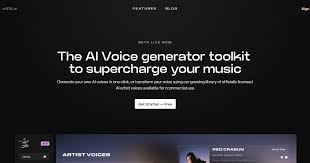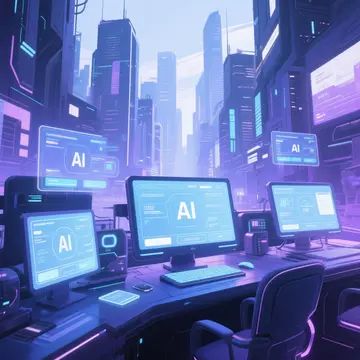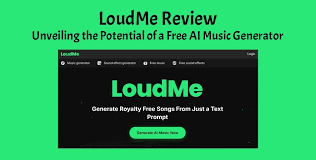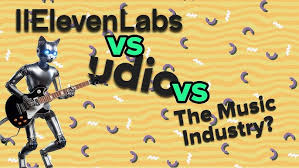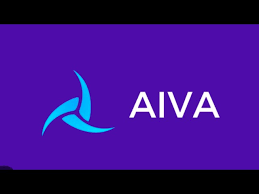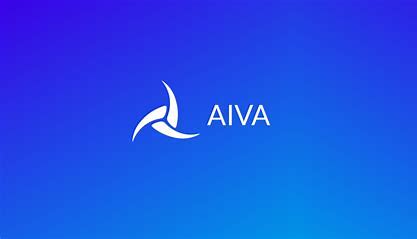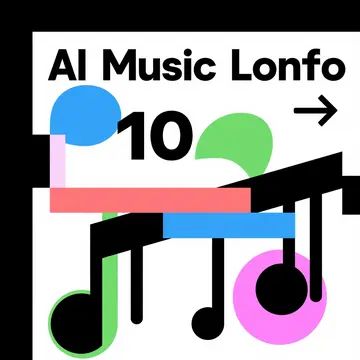An AI music artist is a virtual entity or persona that creates, performs, and sometimes even “releases” music generated by artificial intelligence systems. Unlike traditional musicians, AI artists rely on machine learning models, deep neural networks, and algorithmic composition tools to produce music, lyrics, vocals, or full tracks across genres.
Building an AI music artist combines technology, creativity, branding, and strategy. Whether you’re an independent creator, a music label, or a tech entrepreneur, this guide covers everything you need to bring your AI music artist to life.

Why Build an AI Music Artist?
Scalability: AI can generate large volumes of songs quickly.
Novelty: AI offers new sounds and creative possibilities beyond human limits.
Cost Efficiency: No need to pay session musicians or studio time.
Audience Engagement: Virtual artists like Hatsune Miku and FN Meka attract unique fan bases.
Step 1: Define Your AI Artist’s Concept and Genre
Start by deciding:
Genre and style: Pop, EDM, jazz, hip-hop, classical, or fusion.
Persona: Virtual avatar, backstory, and image (anime character, futuristic robot, etc.).
Audience: Target demographics and platforms (TikTok, Spotify, YouTube).
Example: Hatsune Miku, a Japanese Vocaloid, combines anime visuals with AI-generated singing, creating a massive global fanbase.
Step 2: Choose Your AI Music Tools
Select tools for music creation, lyrics, and vocals.
Composition & Production:
AIVA (cinematic, classical, electronic)
Boomy (fast multi-genre song generation)
OpenAI’s Jukebox (AI music generation research model)
Lyrics Generation:
ChatGPT or other LLMs to write meaningful, stylistic lyrics.
AI Vocals & Singing Synthesis:
Synthesizer V (realistic singing voices)
Vocaloid (industry standard for virtual singers)
Emvoice One (plugin for vocal synthesis)
Step 3: Create and Train the AI Voice
You can:
Use prebuilt AI voices from Vocaloid or Synthesizer V.
Train a custom voice model using datasets of a real singer’s voice (requires technical expertise).
Adjust parameters for tone, emotion, pitch, vibrato, and pronunciation.
This makes your AI artist sound unique and expressive rather than robotic.
Step 4: Produce Your Music Catalog
Using the AI tools:
Generate beats, chord progressions, and melodies.
Integrate AI-generated lyrics with your AI vocals.
Use DAWs (Digital Audio Workstations) like FL Studio, Ableton Live, or Logic Pro to mix and master tracks.
Build a diverse catalog with singles, EPs, or albums to attract different listeners.
Step 5: Develop Your AI Artist’s Visual Identity
Design a digital avatar or logo.
Create music videos using animation, 3D rendering, or generative art.
Use platforms like Unreal Engine or Blender for high-quality visuals.
Consider live virtual concerts using VR/AR technology.
Step 6: Publish and Promote Your AI Artist
Distribute music via aggregators like DistroKid, TuneCore, or SoundOn to Spotify, Apple Music, TikTok, etc.
Create social media profiles (Instagram, TikTok, Twitter) for engagement.
Collaborate with influencers or other artists.
Engage fans with behind-the-scenes AI creation content, live streams, or Q&A sessions.
Step 7: Monitor Performance and Iterate
Track streaming data, fan feedback, and social engagement.
Use AI analytics tools for music trends and listener preferences.
Continuously update the AI voice and music style based on audience response.
Challenges to Consider
Legal and ethical questions about ownership and copyright of AI-generated music.
Potential lack of emotional depth compared to human musicians.
Technical complexity and costs if building custom AI voices.
Conclusion: Building an AI Music Artist Is a Blend of Tech and Art
Creating an AI music artist requires technical knowledge, creative vision, and strategic marketing. With the right tools like AIVA, Vocaloid, and ChatGPT, you can build a virtual artist that produces original music, captivates fans, and pushes the boundaries of musical innovation.
Learn more about AI MUSIC

